
Rocky Mountain coal mine in Alberta takes next step to expansion
In Alberta, a massive open-pit coal mine near Jasper National Park is hoping to expand...
Mike Reid was never on shore in the summertime as a child. He was out on his uncle’s fishing boat, beginning when he was five or six years old when he helped out by doing dishes, surrounded by the sea. He graduated to fishing when he was 12 years old.
The men started fishing at 3:30 a.m., and while his uncle told him he could sleep later, Reid wanted to wake up with everyone else.
“I wanted to work hard because everyone else was working hard,” Reid, citizen of the Haíɫzaqv (Heiltsuk) Nation, told The Narwhal.
The whole community was self-sufficient, he said. They had their own hydro plant, they enforced their own bylaws and maintained their own roads.
“We didn’t depend on anyone,” he said. “Nobody went hungry.”
Reid, who is now fisheries manager for the Heiltsuk Integrated Resource Management Department, leased his own boat when he was 18-years-old and fishing brought him to the Alaska border and California. His ancestors before him had been fishermen and he believed he would earn his livelihood that way forever.
“It was a lot happier time,” he said. “A healthier time.”
But when salmon stocks began to crash in the late 1990s his once-self-reliant community lost jobs and traditional food sources. Things have never been the same, he said.
Reid said salmon returns in Heiltsuk territory in recent years — particularly from 2019 to 2021 — have gotten to the point they’re plain “scary.”
The Húy̓at watershed on northern Hunter Island, just south of Bella Bella, once saw between 4,000 and 6,000 salmon return in its four rivers. In 2021, just 100 salmon returned across four rivers in the watershed, according to Heiltsuk monitoring.
The Neekas River, north of Bella Bella, is viewed as an indicator waterway for the health of salmon, Reid said. Between 1960 and 1970, an average 47,000 salmon returned. By 2010, its ten-year average return had declined to 29,000 salmon, according to data Reid collected from Fisheries and Oceans Canada.
In 2021, just 750 salmon total returned to the Neekas, Reid said.
“I didn’t ever want to be the person to count the last salmon going up the river. In 2021, we may have been those people that saw those last salmon for those specific stocks,” he said.
Rivers across the central coast of British Columbia have seen significant salmon declines, but Reid said there is less public attention in his region. He fears people aren’t aware of just how much salmon are struggling on the central coast, along with other marine food sources that have been hard-hit like rockfish, seaweed, abalone and herring.
“When you come up to the central coast, you’re looking at the mountains, the scenery, it’s very beautiful,” he said. “But if you looked under the ocean, it’s not anymore.”
Climate change is a major contributor to declining salmon, causing warming waters and drought that can dry up spawning pools. Overfishing and sea lice from fish farms have also been named as threats to wild salmon health by salmon experts, along with habitat degradation from development and industry.
To save central coast salmon, Reid says First Nations need to be empowered to take more leadership over fisheries, and local management and data collection has to be strengthened. It may mean going without fish for a while, but he wants to give salmon time to recover so he can see his community become self-sufficient again.
“I have five children and fifteen grandchildren that will be here long after I’m gone,” he said. “They will need something to eat to survive.”
He said he holds on to hope, as First Nations keep pushing for stronger action to protect salmon.
“The salmon will come back again. … I’m optimistic that, with time, they’ll return.”

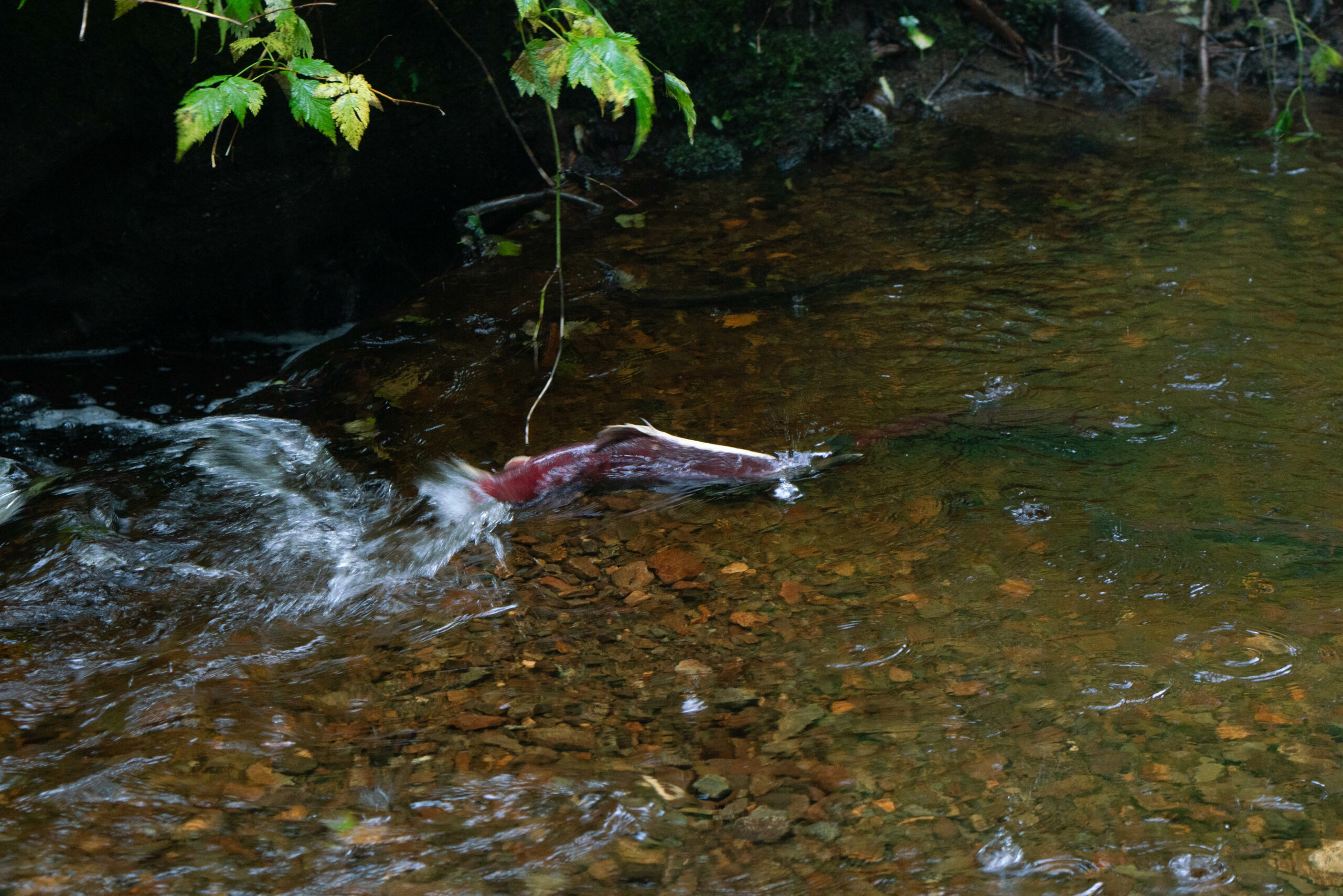
After salmon returns plummeted in the 1990s, Reid couldn’t catch enough fish to support his family. He left his life as a fisherman and became a carpenter. He wasn’t the only one — many people who had grown up fishing their whole lives as their sole income were affected, he said.
“It was devastating. It was coast-wide,” he said. “It affects more than just the fishers. It affects the whole family, it affects the whole community.”
He said the ability to survive as Heiltsuk people was severely impacted.
Húy̓at is home to an ancient village site, and not long ago was it dotted with root gardens, clam gardens, fish traps and smokehouses. People still know where they stood today. But marine food sources have continued to decline and people have become more reliant on store-bought foods, Reid said. Hydro was taken over by the province and became more expensive.
Reid visits his 91-year-old father every day, who suffers from Alzheimer’s. Reid said his father still notices the seasons go by, and at the beginning of summer he always asks Reid if the salmon are starting to return. He asks if the smokehouses are going.
“We lose salmon, we lose a part of who we are as people. That’s why we fight so hard.”
Kelly Brown, director of the Heiltsuk Integrated Resource Management Department
“It’s hard to tell him ‘no, there’s no smokehouses going because there’s no fish,’ ” Reid said. “In his mind, it’s always been assuring that the community has enough food. … I could really see the concern and worry in his face.”
In the face of low salmon returns, Heiltsuk and other First Nations have been abstaining from fishing, which is an inherent Indigenous Right that is protected under Indigenous laws and Canadian law.
Kelly Brown, director of the Heiltsuk Integrated Resource Management Department and citizen of the Heiltsuk Nation, told The Narwhal it has been frustrating over the years to see commercial and sport fisheries continue as salmon returns get lower and lower.
Fisheries and Oceans Canada called for closures of nearly 60 per cent of British Columbia’s commercial salmon fisheries in 2021. Yet, during the 2021 commercial season, Fisheries and Oceans Canada reports 2.3 million salmon were caught.
“We make difficult decisions to stop the fishery, then recreational and commercial fisheries carry on. That really affects our people,” Brown said.
“We lose salmon, we lose a part of who we are as people. That’s why we fight so hard,” Brown said.
Ceremonies are related to salmon, and salmon has long been essential to healthy diets and culture, Brown said. With no salmon, there is no culture, he said.
“It’s just really hard to fathom we wouldn’t be able to catch the salmon and have that for a meal,” he said. “It’s almost unthinkable. And yet, it’s a threat.”
Brown said Indigenous Peoples who long sustained themselves on salmon are having to buy it from the store, and aren’t able to harvest enough to get them through winter.
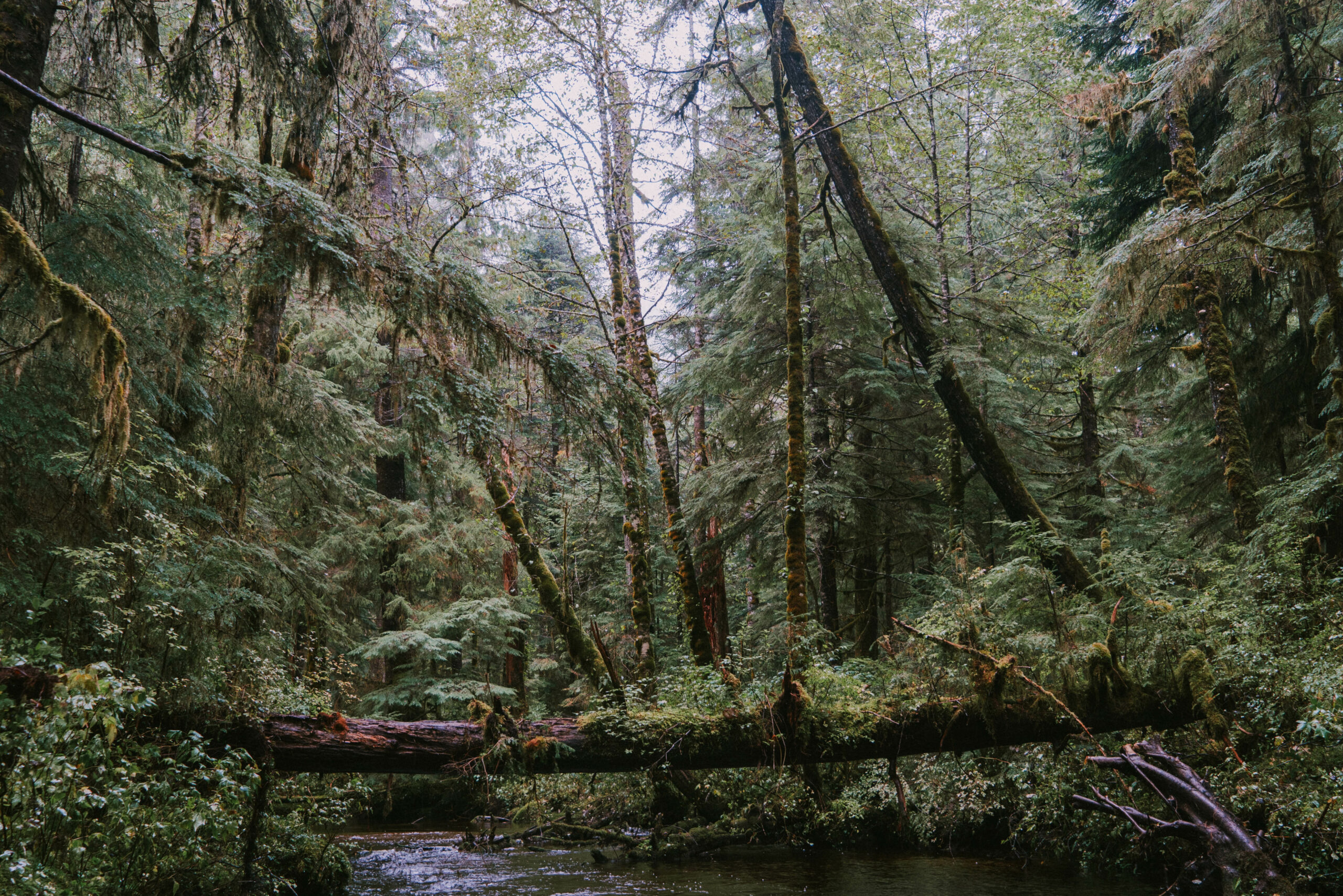
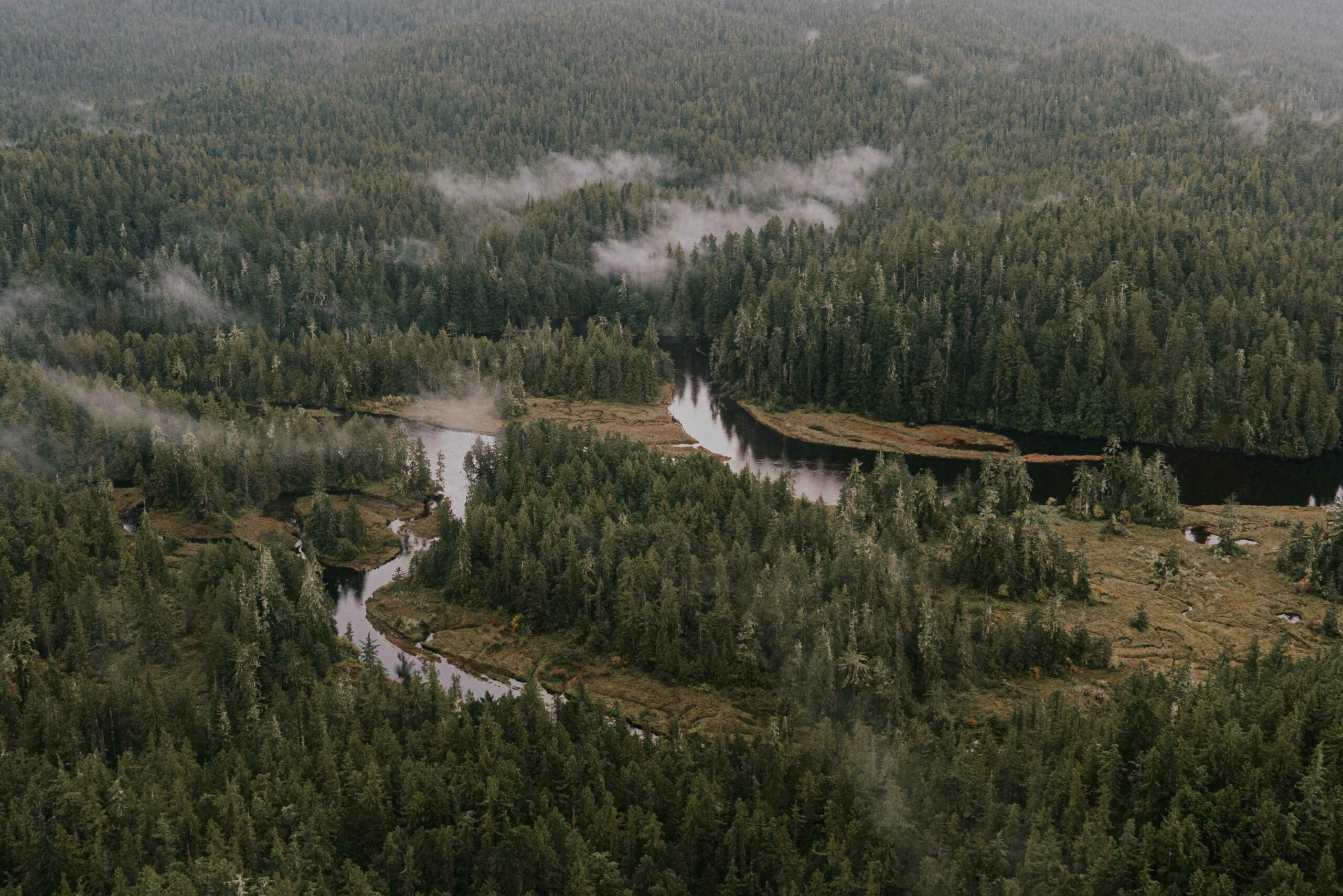
Fisheries and Oceans Canada can only infringe on the constitutionally protected Indigenous Right to fish when it is required for urgent conservation purposes, but elected Chief Danielle Shaw of the Wuikinuxv Nation said it doesn’t always play out that way in practice.
“We have the right to harvest within our territory. What good is that right if we have to stand by and watch mismanagement and overharvesting with no avenue to make meaningful change?” she said in an interview.
Wuikinuxv Nation’s fishery has been shut down for two decades, Shaw said. If they haven’t seen 100,000 salmon come through monitoring points by the third week of July, the nation shuts the fishery down.
“We’ve got to walk the walk,” she said.
But the disruption of supply chains caused by the pandemic have made her realize how vulnerable her community is to grocery shipments. Last winter, people created a food sharing Facebook group when people’s pantries and freezers began to run low.
“I just know people wouldn’t be as hard up as they are if there were those natural food sources,” Shaw said.
In a written statement to The Narwhal, a spokesperson with Fisheries and Oceans Canada pointed to the department’s Pacific Salmon Strategy Initiative, which is considered the largest-ever federal investment to save Pacific salmon.
“In the coming months, Fisheries and Oceans Canada will be reaching out to First Nations communities, provincial and territorial partners, harvesters and other salmon stakeholders to begin to work with us in a more strategic and targeted way to address the challenges facing Pacific salmon on Canada’s west coast,” the statement reads.
“The aim is to develop a more comprehensive, holistic approach to prioritize actions to support healthy salmon stocks.”
Because salmon recovery depends on multiple factors and their reproductive cycles take years, the statement noted efforts to save salmon “will take time to fully show results — as many as three or more reproductive cycles.”


Brown said that as much as he finds the department of fisheries and ocean’s slow pace frustrating, he is hopeful that the Central Coast First Nations Reconciliation Agreement, signed in 2019 and updated in 2021, will chart a better path forward in salmon stewardship.
“It’s not happening as quickly as we want, but I really feel like we’ll get to where we want to,” Brown said.
Through the reconciliation agreement, the federal government provides funding for eight central coast First Nations to pursue commercial fishing opportunities with a community-based model. The agreement is designed to establish collaborative management between Canada and First Nations and improve local community participation instead of a top-down approach from Fisheries and Oceans Canada.
Fisheries and Oceans Canada said the agreement is “the first of its kind” in B.C.
“This historic agreement demonstrates Canada’s commitment to reconciliation and to reviewing our relationship with Indigenous Peoples based on rights, respect, cooperation and partnership,” Bernadette Jordan, then-minister of fisheries, oceans and the Canadian coast guard, said in an Aug. 6 statement.
The Central Coast First Nations are also planning a marine protected area network with the federal government, the provincial government and 13 other First Nations.
Reid hopes the network of protected areas will allow space for marine species to recover and build up their numbers, which can then spill over into the open ocean.
“If we’re all doing the best we can, over time hopefully they’ll repopulate,” he said. “It will definitely take time.”
The federal and provincial government also established the B.C. salmon restoration and innovation fund, which finances projects to restore and protect wild salmon.
The south coast received 36 per cent of the funding and B.C.-wide and coastal waters received another 36 per cent. Another 19 per cent went to the Fraser region, 7 per cent went to the interior and 2 per cent went to the central and northern regions.
The Central Coast Indigenous Resource Alliance (comprised of the Heiltsuk, Kitasoo/Xai’xais, Nuxalk and Wuikinuxv Nations) outlined four key goals to conserve salmon in a recent report: strengthen central coast community participation in salmon management; improve data collection to better respond to changes in salmon populations; improve catch monitoring and advance understanding of how climate change is impacting central coast salmon.
According to the report, called a salmon monitoring and stewardship framework for British Columbia’s central coast, the number of spawning streams on B.C.’s north and central coast that are routinely monitored has declined by 50 per cent since 2006. The report outlined a need to better coordinate and standardize salmon monitoring which is done by a mix of First Nations, Fisheries and Oceans Canada programs and academic projects of different durations and scopes.
The status of over 50 per cent of salmon on the central coast could not be assessed due to lack of baseline stock assessment data, according to the report.
A 2021 study published in BioScience found that Indigenous fishing techniques, like fish wheels, fish traps and river weirs, can contribute to local monitoring, in addition to supporting selective harvest and strengthening Indigenous governance.
Indigenous fisheries often took place at a river’s mouth, where fishers could monitor how many salmon had successfully returned to spawn, and fish accordingly. They could avoid populations that appeared to be weaker and focus on populations that were more plentiful.
These fishing practices provided in-the-moment monitoring that commercial marine fisheries do not, Will Atlas, a scientist with the Wild Salmon Centre, told The Narwhal in a previous interview.
“You can do much more precise, adaptive, in-season management at a terminal fishery than you can do at a mixed-stock fishery, where you don’t know how many fish there were until after the fact,” Atlas said.
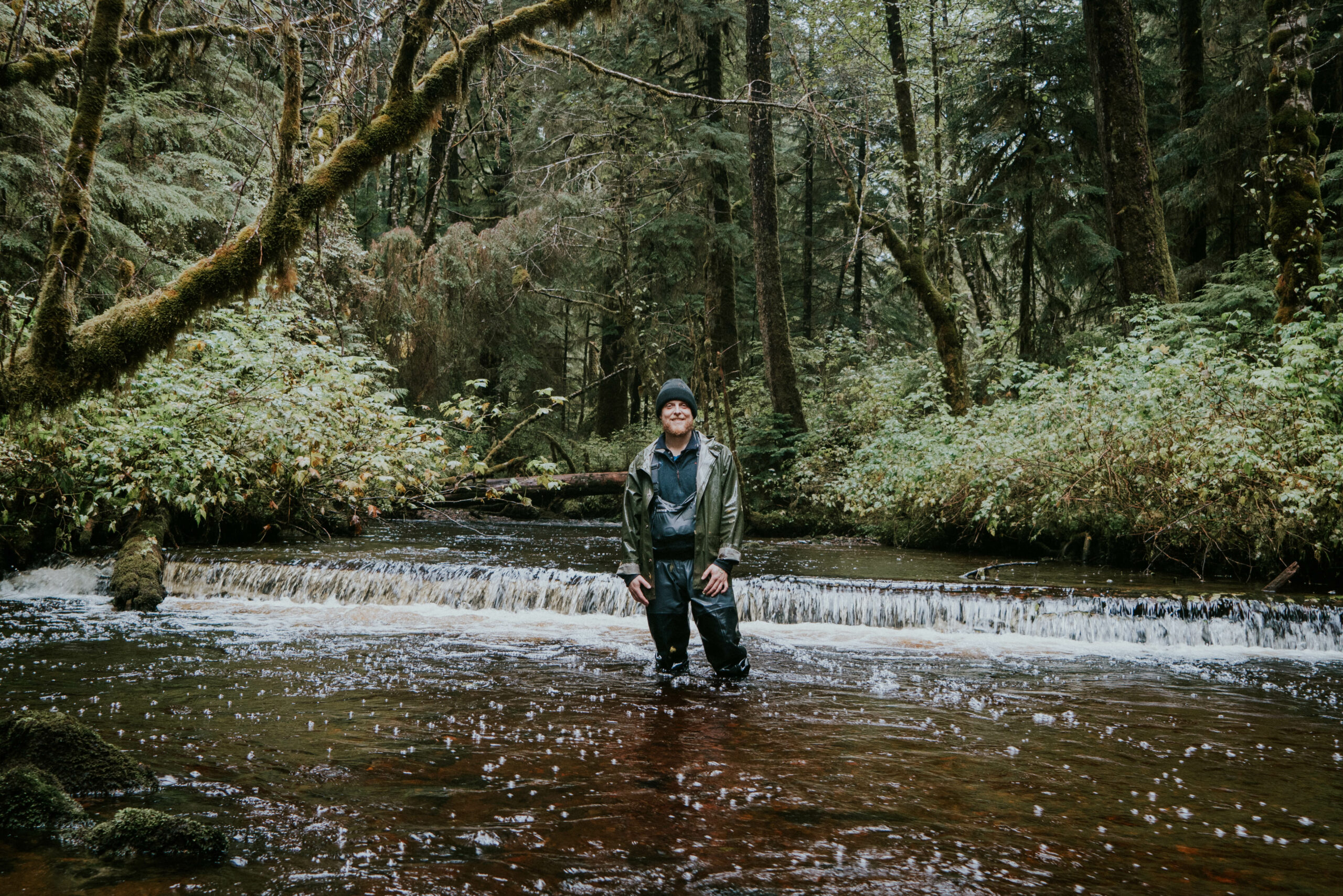
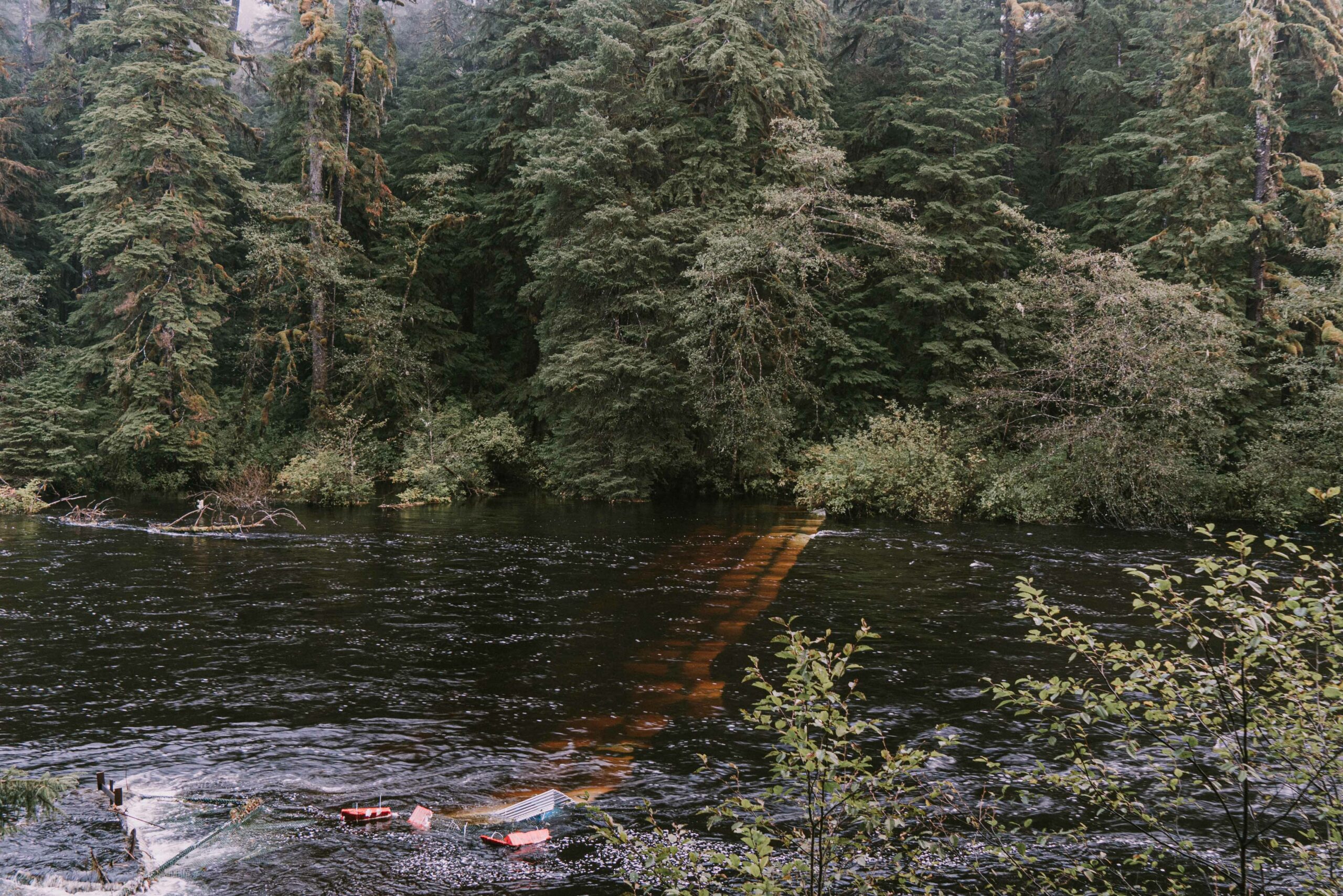
For Reid, prioritizing local management and local knowledge is key. He said he’s hopeful the new reconciliation agreement will lead to a collaborative process that will “use local knowledge effectively.”
He said Indigenous Peoples saw warnings close-up that salmon and herring were in danger before their populations crashed, and that local knowledge and closeness to the landscape will lead to informed conservation that is focused on salmon’s well-being.
“Rather than thinking how much we can catch, we should think how much we can save,” Reid added.
“The general reader doesn’t understand how much of a decline there actually was,” he explained. “If folks knew, I don’t think they would intentionally go out and harm them anymore.”
Reid warned if salmon disappear on the central coast, it will impact everyone. It will impact people’s health, food security, and the entire ecosystem including birds, trees, whales and bears that all rely on nutrients from salmon.
“We on the central coast are trying to sound the alarm.”
Get the inside scoop on The Narwhal’s environment and climate reporting by signing up for our free newsletter. A $335 million funding commitment to fund...
Continue reading
In Alberta, a massive open-pit coal mine near Jasper National Park is hoping to expand...

A trade war could help remake B.C.’s food system, but will family farmers be left...

First Nations are leading efforts to make sure lake sturgeon can find a home in...
